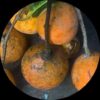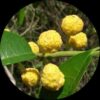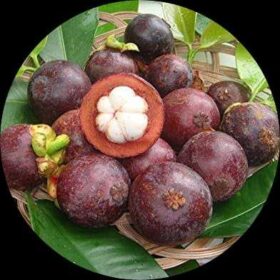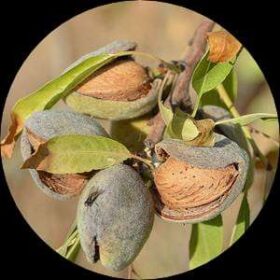- Empty cart.
- Continue Shopping
Che fruit
₹960.00Current price is: ₹960.00. Original price was: ₹1,420.00.
Genus : Maclura
Add the Che Fruit Plant to your garden for a taste of tropical delight. These fruits are known for their distinctive flavor and refreshing juiciness, making them a favorite among fruit enthusiasts.
Add to cart
The che fruit plant, also known as the Chinese mulberry or the Chinese che tree, is a small to medium-sized deciduous tree that belongs to the Moraceae family. It is native to China but is also found in other parts of Asia such as Korea, Japan, and Vietnam. The tree can grow up to 10-20 meters tall and has a dense, spreading canopy.
The leaves of the che fruit plant are alternate, simple, and heart-shaped, with a glossy dark green surface and a lighter green underside. The tree is dioecious, meaning that it has separate male and female flowers. The flowers are small and inconspicuous and are followed by fruit that is about the size of a small apple. The fruit is round to oblong in shape and has a tough, leathery skin that is green when unripe and turns yellow or orange when mature. The flesh of the fruit is white, juicy, and sweet with a slightly tart taste.
The che fruit plant is grown mainly for its fruit, which is eaten fresh or used in various dishes such as salads, jams, and desserts. The fruit is also used in traditional Chinese medicine to treat various ailments such as coughs, sore throats, and respiratory problems. The bark and leaves of the tree are also used in traditional medicine for their medicinal properties.
The che fruit plant is a hardy tree that is easy to grow and maintain. It prefers well-drained soil and full sun to partial shade. The tree can be propagated from seed or cuttings and is relatively pest and disease-free. It is a popular ornamental tree in many parts of the world due to its attractive foliage and fruit.
Add a review
Currently, we are not accepting new reviews














Reviews
There are no reviews yet